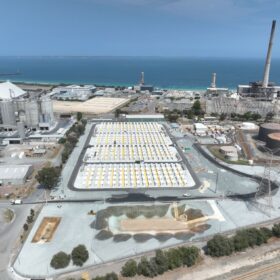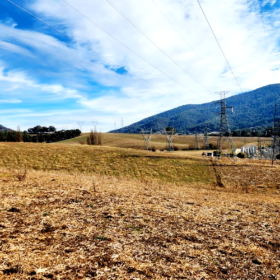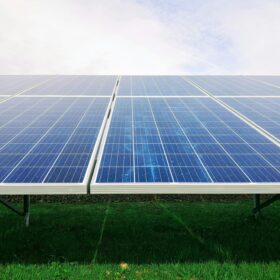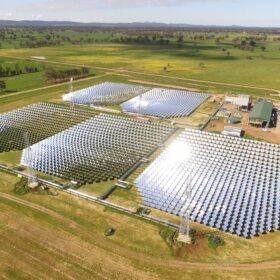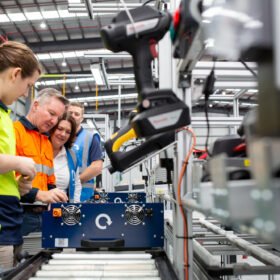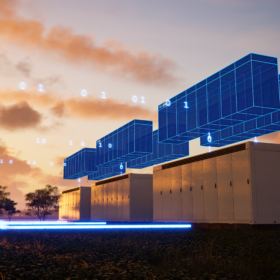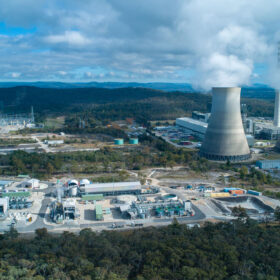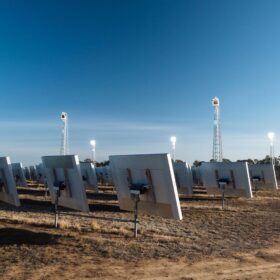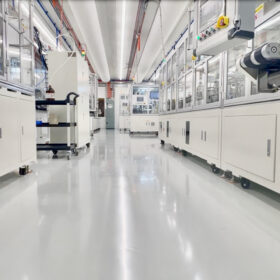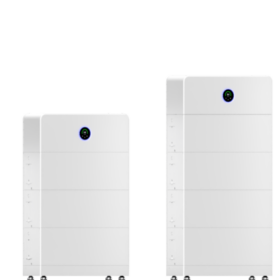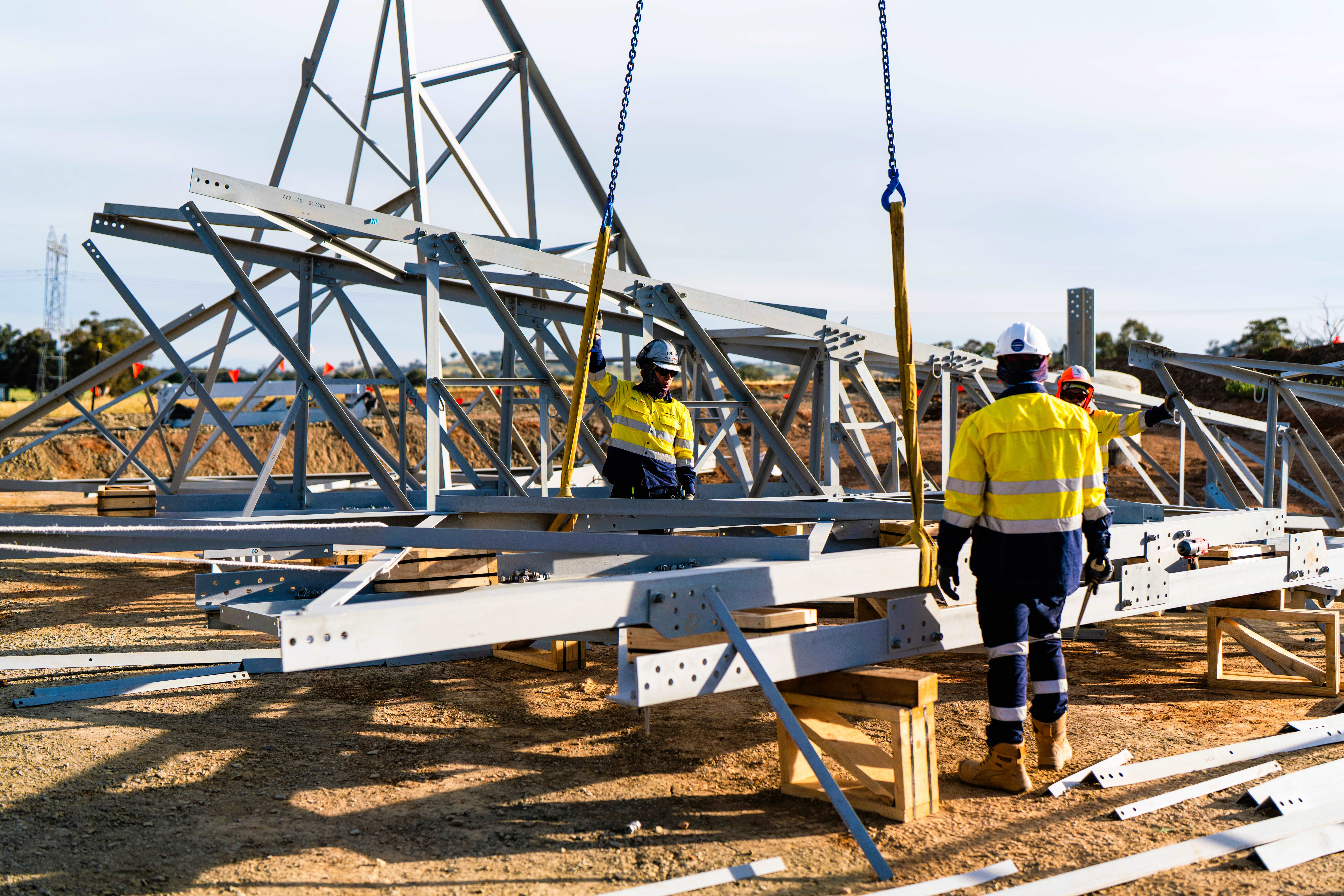WA gets 800 MWh renewables boost with completion of Kwinana stage two
Western Australia’s state-owned gentailer Synergy has completed the installation of Kwinana battery Stage 2, and together with Stage 1 will power 450,000 Perth households for up to four hours.
Trina seeks approval for 1 GWh battery project in Victoria
Chinese solar giant Trina Solar has lodged plans to build a 1 GWh battery energy storage system in Victoria as part of a broader strategy that aims to deliver more than 6.5 GW of large-scale renewable energy generation and storage projects across Australia.
NEM review takes pro-active approach to future-proof rapid renewables uptake
Future-proofing a grid after coal-fired power generation phases out, has prompted an Australian government review of the National Electricity Market to promote investment in firmed reliable renewable energy such as rooftop solar, utility scale projects, and storage capacity.
EnergyConnect transmission project reaches tri-state milestone
The New South Wales, South Australia, and Victoria power grids have been successfully connected with the $2.3 billion EnergyConnect transmission infrastructure project now live, enabling renewable energy to be shared directly between the three states.
Vast unlocks funding to fuel concentrated solar power plant plans
Vast Renewables has unlocked $30 million of federal government funding which it says will help ramp up manufacturing capacity for its concentrated solar thermal technology and advance construction plans for its first large-scale solar thermal project.
Australia on track to meet 2030 43% emission’s reduction target, on latest figures
Australia is on track to reach the Albanese government’s 43% emissions reduction target by 2030, according to the most recent analysis by the Climate Change department.
Engie signs ‘virtual battery’ deal with Neoen for Victoria battery
Renewables developer Engie has signed a “virtual battery” deal with fellow French company Neoen that will allow it access to the 40 MW of the Victoria Big Battery.
NSW provides green light for second 2 GWh battery in two days
The New South Wales clean energy transition is ramping up with the state government providing planning approval for a second 2 GWh battery energy storage system in as many days.
FRV announces production milestone for 300 MW Walla Walla Solar Farm
The 300 MW Walla Walla Solar Farm in southern New South Wales, hailed as one of the state’s biggest, has begun generating power less than two years after Fotowatio Renewable Ventures Australia reached financial close on the project.
CSIRO venture plans 50 MW concentrated solar tech plant
CSIRO spin out FPR Energy has secured $15 million in seed funding to commercialise concentrated solar thermal technology that lends itself to long-duration energy storage for industrial processes, green fuel production and dispatchable power.
